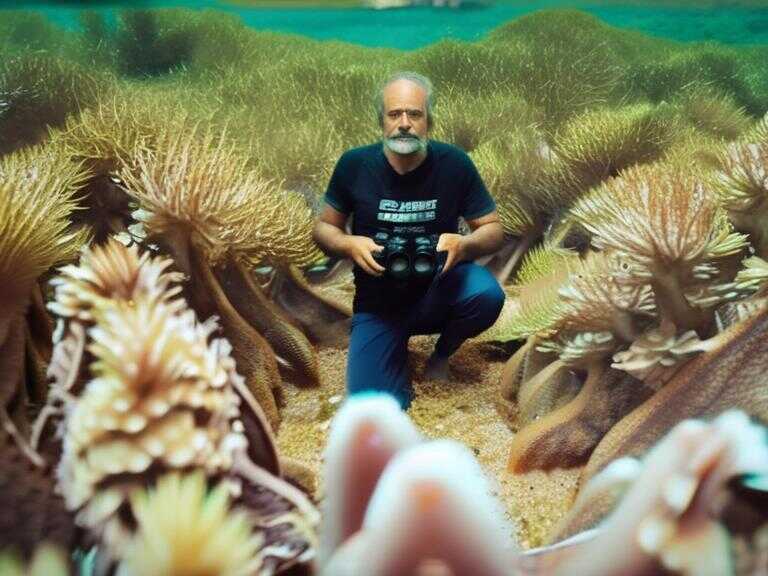
Okinawa Cave Diggers Seek Peace, Honor WWII Dead Through Remains
Okinawa cave diggers search for WWII remains, highlighting a slow identification process and the island's fraught history with war.

Takamatsu Gushiken, an avid explorer, meticulously uncovers the remnants of World War II in a hidden cave in the Okinawa jungle. His discovery offers a poignant glimpse into the lives of those who sought refuge during the Battles of Okinawa. With the remains of 1,400 individuals found, the push for DNA identification and the government's role in this effort take center stage.
Volunteer searching for WWII dead in Japanese caves
As Gushiken delicately sorts through the gravel of the hidden cave, he stumbles upon two pieces of bone that seem to tell a story of their own, bearing witness to a tragic past. These bones, he surmises, belong to the skulls of an infant and potentially an adult. Gushiken gingerly places them in a ceramic rice bowl, taking a moment to reflect on the lives lost 80 years ago, as individuals sought shelter in this very cave during the World War II battles. His profound hope is that these remains can be reunited with their bereaved families.
An inventory of the found bones revealed the stark reality that the remains of 1,400 individuals lie in storage, awaiting the possibility of identification through DNA testing. To date, a mere six individuals have been identified and returned to their respective families. This glimmer of success stands in stark contrast to the lingering unidentified remains, a testament to the arduous and prolonged nature of this identification process.
Gushiken, a passionate volunteer in this endeavor, likens the found bones to silent witnesses of Okinawa's wartime tragedy, serving as a potent reminder to the current generation who now face heightened defense tensions with China over territorial disputes and Beijing's claims on the self-governing island of Taiwan. "The best way to honor the war dead," Gushiken asserts, "is never to allow another war." His growing concern about the current situation in Okinawa reflects his apprehensions about the region potentially becoming a battlefield once again.
The echoes of the Battles of Okinawa still resonate with staggering tolls. On April 1, 1945, U.S. troops landed on Okinawa, marking the beginning of a fierce battle that lasted until late June, resulting in the loss of approximately 12,000 Americans and over 188,000 Japanese, with a significant portion being Okinawan civilians. The impact of this battle continues to cast a long shadow over the region, witnessed by the enduring efforts of volunteers like Gushiken, who dedicate themselves to uncovering the remains of the fallen.
The post-war period saw Okinawa under U.S. occupation until 1972, significantly longer than most of Japan. Even in the present day, the region describes the presence of a substantial U.S. military base, fostering a complex relationship between the local population and foreign troops. Okinawa, having borne the brunt of post-war challenges, has seen its economic, educational, and social development lag behind the rest of Japan.
Share news















